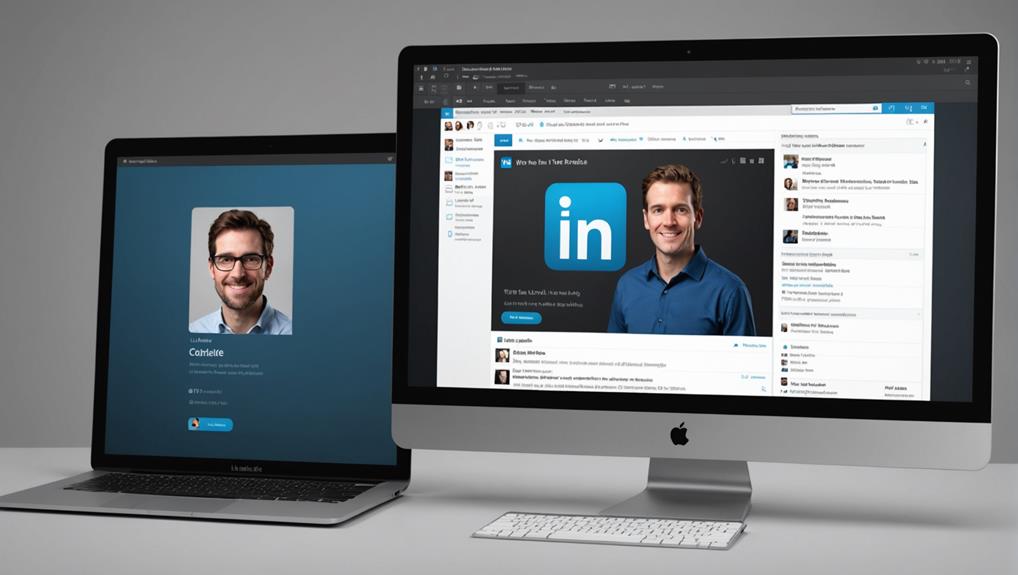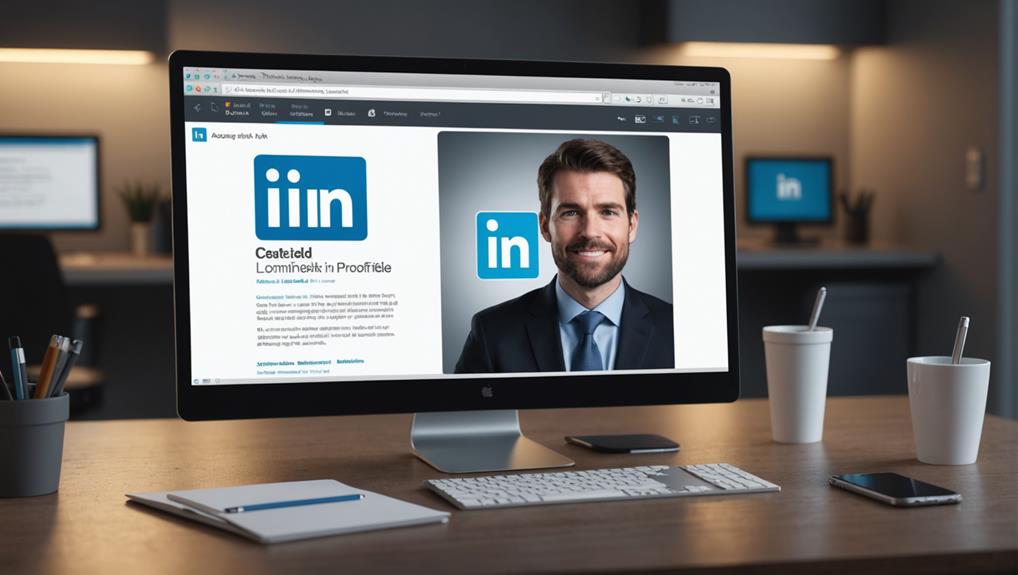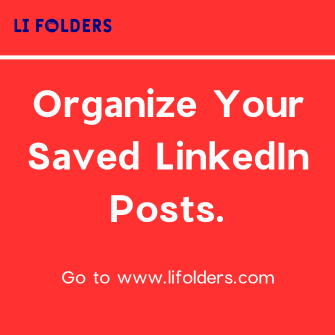
When you block someone on LinkedIn, it permanently deletes all the messages you've exchanged with that person. This means you won't see any trace of your previous conversations in your inbox, helping to maintain a clean and supportive digital environment. Blocking not only removes these messages but also ensures that your profile and activities remain invisible to each other, contributing to a safer and more focused professional journey. If you're interested in creating a respectful professional space, this feature proves very effective. You'll find more insights on how these changes could reshape your networking experience.
Understanding LinkedIn's Blocking Feature

Why should you consider blocking someone on LinkedIn? In the professional sphere, creating a supportive environment is critical for your growth and comfort. Occasionally, you might encounter connections that don't contribute positively to your professional life. They might spam your inbox with unwanted messages or consistently share content that doesn't align with your values. It's not just about filtering content; it's about cultivating a network that truly reflects and supports your professional journey.
Blocking someone on LinkedIn isn't about creating discord; rather, it's a step towards maintaining a healthy and respectful professional boundary. When you block someone, they're no longer able to view your profile, and you disappear from their network. This ensures that your professional space remains one where you feel safe and included, free from any negativity or harassment that could be impacting your mental well-being and productivity.
What Happens to Messages Post-Blocking
When you block someone on LinkedIn, their messages are no longer visible in your inbox. It's as if the digital conversations you've had just vanished, leaving no trace in your message history. This might feel a bit drastic, but it helps keep your digital space more like a sanctuary, free from unwanted interactions.
It's important to remember that you're not alone in needing this boundary. Everyone deserves a professional environment where they feel safe and supported, and sometimes that means removing sources of discomfort. Blocking someone isn't just about erasing past messages; it's about reclaiming your peace and ensuring your LinkedIn experience aligns with your professional and personal boundaries.
Also, don't worry about the other person being notified; LinkedIn keeps this action private. They won't know they've been blocked unless they attempt to find your profile or send another message. This discreet handling is part of LinkedIn's commitment to maintaining a respectful and secure community.
Think of blocking as a tool to tailor your professional network to be more supportive and empowering. By controlling your interactions, you're building a LinkedIn community that truly reflects your values and needs.
Visibility Changes After Blocking

After blocking someone on LinkedIn, your visibility to them changes significantly. They can no longer see your profile, updates, or any contributions you make, like comments on mutual connections' posts. It's like you've quietly stepped out of their LinkedIn world, ensuring your professional journey is undisturbed by past interactions that might have felt uncomfortable or unwelcome.
This move doesn't just shield you; it also reshapes your experience. You're no longer visible in search results to the person you've blocked, and similarly, they vanish from yours. It's as if both of you have mutually agreed to inhabit separate spaces, allowing each other to network and engage without the shadow of past interactions looming over you.
Permanent Effects on Conversations
Once you block someone on LinkedIn, all previous messages exchanged between the two of you are permanently deleted. This decision might feel final, but it's important to remember that it's a step towards maintaining a comfortable and secure space for you on the platform. When you take control of your interactions in such a decisive way, you're ensuring that your professional environment aligns with your personal values and boundaries.
You're not alone in needing a clear, uncluttered space to focus on building positive connections. Many others in your community find themselves in similar situations where they must choose to sever communication ties to foster a healthier networking atmosphere. It's a collective effort to maintain a respectful and professional environment.
Deleting these messages doesn't just remove them from your inbox; it removes them from theirs too, ensuring that the slate is wiped clean. This action prevents any old conversations from resurfacing, providing both parties with a fresh start. While it might seem tough at the moment, this clean break is a step towards cultivating the kind of professional circle you'll feel proud to be part of.
Managing Blocked Contacts

You can manage your blocked contacts list to keep track of who you've restricted from viewing your profile and interacting with you on LinkedIn. It's a simple way to ensure your social space feels safe and welcoming, just like your real-life community. When you block someone, they're not notified, preserving peace and avoiding any awkwardness.
Here's how you do it: visit your settings, find the blocking section, and there you'll see a list of everyone you've blocked. You can review this list anytime to remember why you chose to block them, reaffirming your decision to maintain a positive environment. If you ever change your mind, it's straightforward to unblock someone with just a couple of clicks. This action reintroduces them into your LinkedIn circle, potentially opening lines of communication once again.
Additional Privacy Options on LinkedIn
LinkedIn offers several privacy settings that let you control how visible your profile and activities are to others. You're not just a part of LinkedIn; you're in charge of how you interact with this vast professional community. It's crucial to feel secure and integrated, knowing you can tailor your visibility and connections to suit your comfort level.
You can adjust who sees your profile updates, from public viewers to direct connections, ensuring that your professional announcements reach exactly the audience you intend. This customization enhances your sense of belonging within your chosen circles, fostering a more targeted and supportive network environment.
Furthermore, LinkedIn allows you to manage who can send you connection requests, whether you prefer invitations from anyone on LinkedIn or limit them to people who know your email address or have a mutual connection. This feature not only protects your inbox from unwanted clutter but also makes your networking experience more meaningful and aligned with your professional goals.
Lastly, consider tweaking your activity broadcasts. You can decide if your network is notified about profile changes, recommendations, or new connections. This selective sharing helps you maintain a professional image and ensures that your LinkedIn activity resonates with your personal brand and professional aspirations.
Conclusion
You've learned that blocking someone on LinkedIn does indeed remove your direct message history with them, making it inaccessible to both parties. Remember, once you block someone, they'll no longer see your profile or updates, nor will you see theirs. However, if you decide to unblock them, keep in mind that past conversations can't be retrieved. Stay proactive in managing your privacy settings to ensure your LinkedIn experience remains as secure and comfortable as possible.






